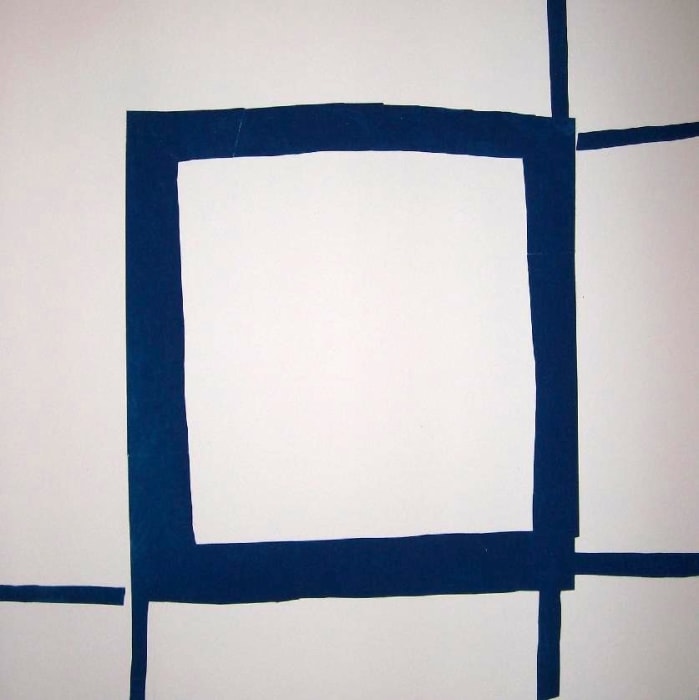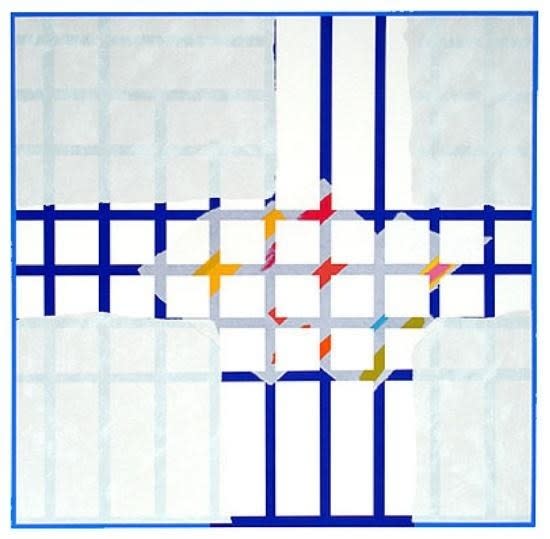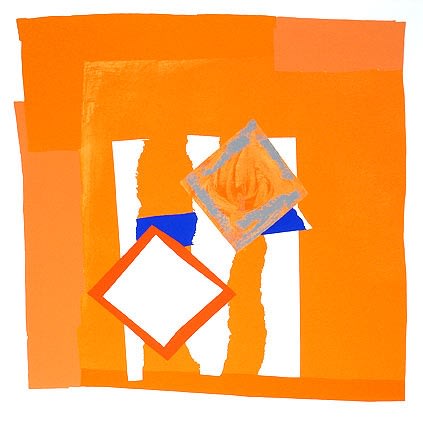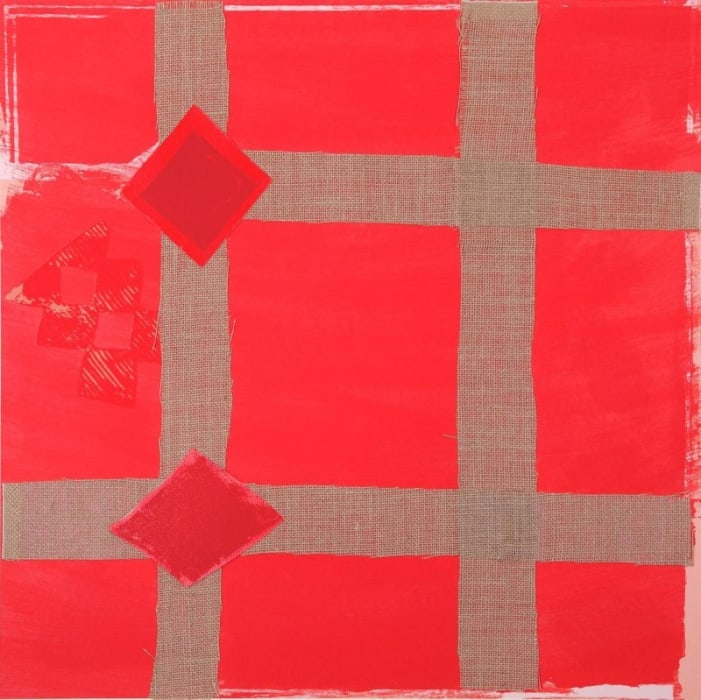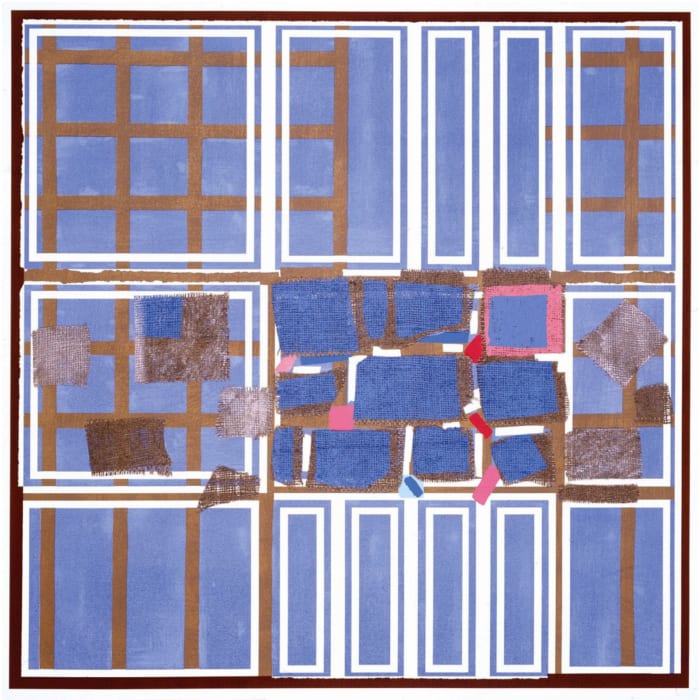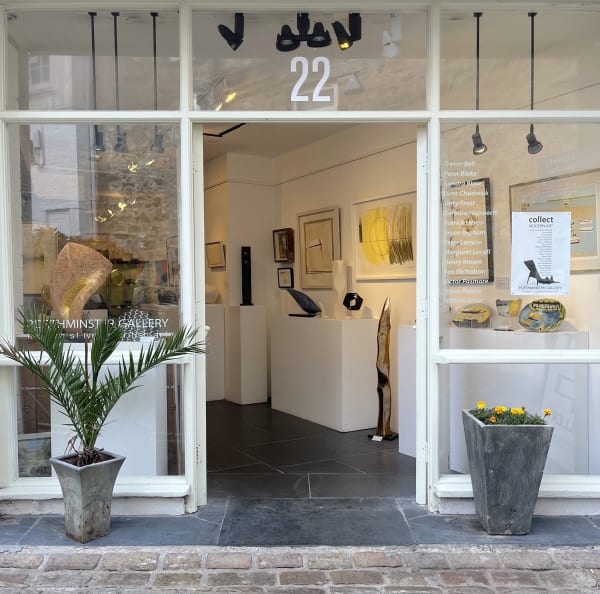Sandra Blow RA English, 1925-2006
“I have had an inner compulsion to paint since I was fifteen, and I’m very aware of being free. I feel ready to spring off: I feel an upsurge, like a bird. And I’ll paint until I drop.’’
Sandra Blow was born in London and studied at St. Martin’s School of Art, London, The Royal Academy Painting School, and the Accademia di Belle Arti, Rome. Between 1960–75, she was a visiting Tutor to the Painting School of the Royal College of Art, amongst her students, R B Kitaij and, David Hockney, her “golden boy”.
Since 1951, she had numerous solo shows – including Tate St Ives and, most recently, at the Tate Britain (2005), and featured in many group exhibitions. Her works are in many public collections, including, The Tate Gallery, London, The Museum of Modern Art, New York, Victoria and Albert Museum, London, Walker Art Gallery, Liverpool, and Leeds City Art Gallery.
She was elected Royal Academician in 1978, and Honorary Fellow of the Royal College of Art in 1983. In 1994 she moved from her studio in Chelsea to St. Ives, Cornwall where she lived and worked.
Her contribution to the development of post-modernist painting in postwar Britain is undisputed; the monograph, ‘Sandra Blow’ by Michael Bird (published by Lund Humphries), celebrates her life and achievements.
Sandra Blow was an English abstract painter and one of the pioneers of the British abstract movement of the 1950s. Blow's works are characteristically large scale, colourful abstract collages made from discarded materials.
Born in London, she suffered scarlet fever as a child, spending weekends and holidays at her grandparents' fruit farm in Kent. There she spent time painting, before enrolling at Saint Martin's School of Art between 1941-1946, and then the Royal Academy Schools, 1946-1947. She later enrolled at the Accademia di Belle Arti in Rome, where she met Alberto Burri, her partner of a few years. Blow and Burri travelled in Italy together before moving to and working in Paris, and Burri became a life long influence in her work.
After Italy, Blow travelled in Spain and France and she and Burri worked together in Paris during 1949, but finding Burri's influence too overwhelming, Blow returned to the UK in 1950 to pursue her work free of his influence. The pair would create works in response to the each other throughout the 1950s and 60s while Burri rose to international recognition. Blow faced the challenge of not only establishing herself as a woman artist in the 1950s but also as an abstractionist. The first sale of any of her works was to Roland Penrose, a founder of the Institute of Contemporary Arts, which proved to be a pivotal moment in her career.
Blow's success further changed when the leading London gallery, Gimpel Fils, began representing her work from 1951. Under Gimpel Fils, Blow had regular exhibitions and secured her first solo show in New York. The gallery also represented St Ives artists, including Barbara Hepworth, beginning Blow's life-long connection with the British coastal town. In 1957, Blow moved to St Ives for one year and would return there years later to live permanently.
In 1961, Blow began teaching painting at the Royal College of Art, where she remained until 1975 and earned a position as honorary fellow, whilst also painting in her studio in Chelsea, London. She was elected to the Royal Academy in 1978.
-

COLLECT | MODERN ART
9 Sep - 4 Nov 2023Gallery exhibition of Modern St Ives and British art for sale, featuring art – paintings, prints, drawings, and sculptures – by leading 20th Century artists, including: Wilhelmina BARNS-GRAHAM, Peter BLAKE, Sandra BLOW, Patrick CAULFIELD, Lynn CHADWICK, Maurice COCKRILL, Terry FROST, Barbara HEPWORTH, Patrick HERON, David HOCKNEY, Bryan INGHAM, Albert IRVIN, Margaret LOVELL, Henry MOORE, Ben NICHOLSON, Victor PASMORE, Bryan PEARCE, Tommy ROWE, William SCOTT, Joe TILSON.Read more -

COLLECT: MODERN ART
Exhibition of original art by leading 20th Century St Ives & British Artists 12 Mar - 30 Apr 2021Our annual selling exhibition of original art by leading 20th Century St Ives and British Artists, provides exciting opportunities for new and seasoned collectors alike. With the boost in growth...Read more -

RELOCATION
11 Sep - 24 Oct 2020The opening collection at our new premises at 22 Fore Street is a changing showcase of artworks by some of the many established and emerging British Artists whom we represent,...Read more -

Collect | Modern St Ives + British Art
21 May - 25 Jun 2016A specially curated selling exhibition of collectable artworks by major St Ives and British names. The exhibition will also feature new sculptures by Margaret Lovell and Peter Hayes, and paintings...Read more












